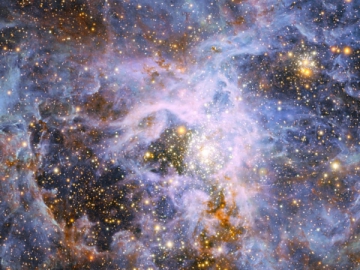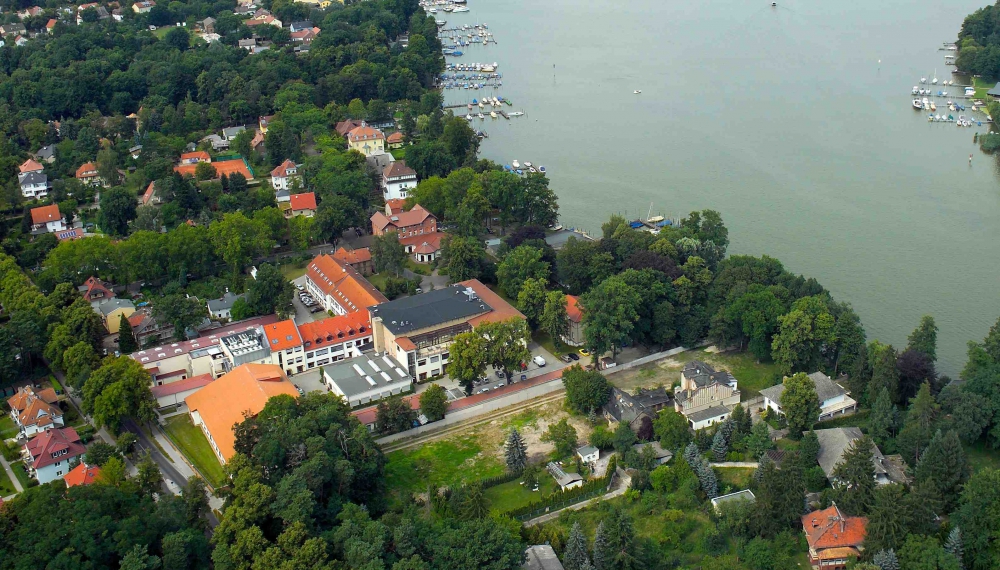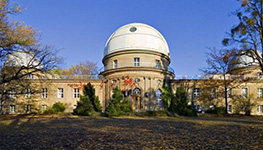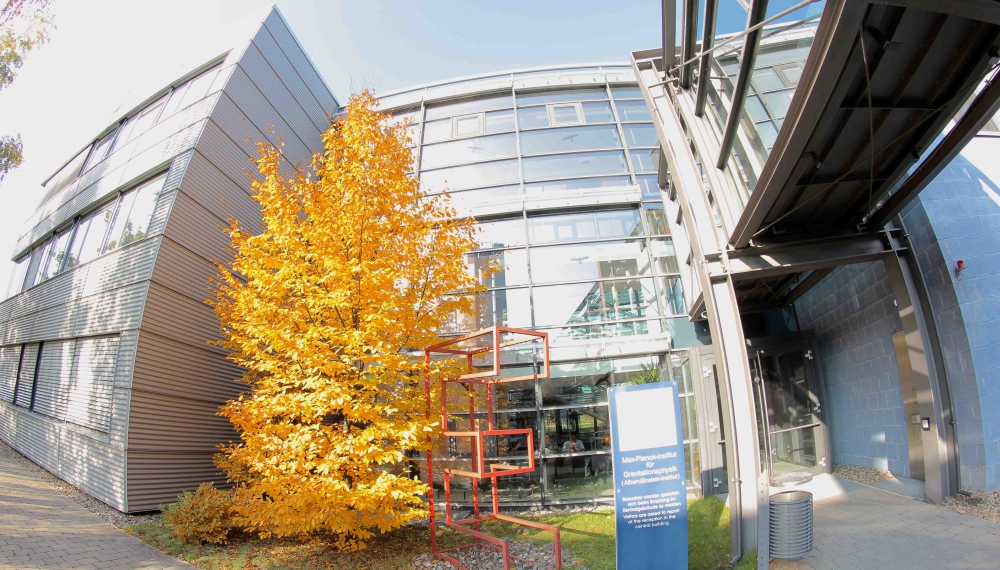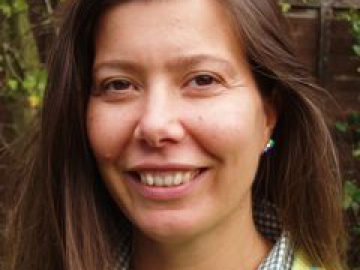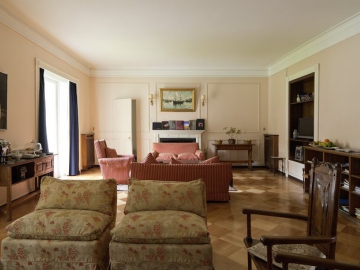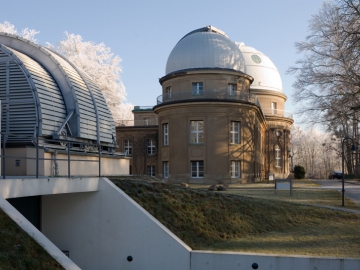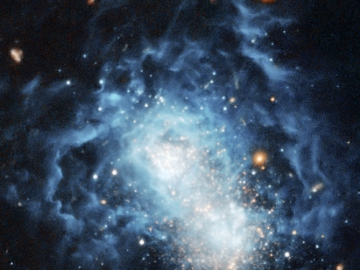One research institute - 32 nations
Astronomy is (and always has been) a highly international discipline that unites different countries and cultures. Astronomical research and large projects are characterized by their multinational nature — as are many individual career paths: born in Italy, AIP researcher Maria-Rosa Cioni for instance, has worked in the Netherlands, Great Britain, and at the headquarters of the European Southern Observatory (ESO) in Munich, with frequent observing trips to Chile before leading her own research group at AIP.
The scientific staff of the Leibniz Institute for Astrophysics Potsdam (AIP) includes 130 people from more than 30 different countries all over the world. English is the standard work language and intercultural encounters are part of the daily routine.
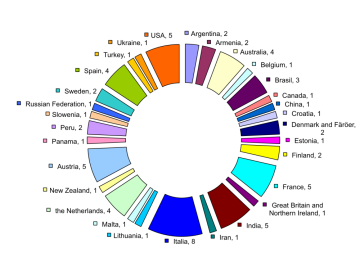
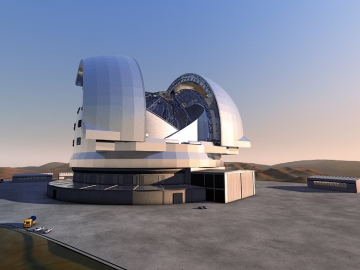
How do you build the world´s largest telescope?
It would be impossible to plan and build today´s large astronomical observatories without counting on the international network that is so typical for astronomy. And in astronomy, bigger is often indeed better. Increasingly large mirrors produce increasingly sharper and deeper images of cosmic objects. International collaborations invest many years or even decades to develop specialized instrumentation for telescopes on Earth and in space.
For observations of the Southern sky from Earth, European astronomers are organized within the European Southern Observatory. ESO operates the Very Large Telescope (VLT) and the VISTA survey in Chile — and is already aiming for the next level in size — the European Extremely Large Telescope (E-ELT). AIP has already contributed with VLT instrumentation, and is also leading a second-generation instrument project for VISTA, as well as participating in two design studies for the E-ELT.
...and who is allowed to use it for observations?
Once a telescope is up and running, in principle anyone may ask to use it — if he or she has a good idea and good arguments for it. All proposals for observations are reviewed, discussed and ranked by experienced scientists in an international competition. Often the requests add up to several times the available time — the competition is fierce. Some time is reserved for projects and science cases that astronomers have found to be of extraordinary relevance. AIP researcher Maria-Rosa Cioni knows these procedures very well. She has been making observations with ESO telescopes since 1997, is currently leading a major survey project herself, and has been the German representative on the ESO Users Committee since 2015.
If your proposal is successful, the telescope will be pointed at your chosen object during a certain timeslot. Sometimes that means you yourself will be at the telescope for data taking but often you will receive data that has been taken automatically or by others. Observing runs are also a great chance for graduate students to get to use a telescope. For PhD students who want to work during large parts of their projects at ESO, either in Munich or in Chile, ESO offers "studentships". ESO students have a formal supervisor at their home university, which may be Potsdam, and are co-supervised by a local ESO staff astronomer.
Big Data and collaborative research
Writing successful proposals also means receiving and handling a huge amount of data — especially if you are interested in large sky surveys as Maria-Rosa Cioni is. For her work involving data from the VISTA telescope in Chile, she received one of the renowned ERC Consolidator Grants by the European Union, which allows her to establish her own research group at AIP. Science goals are to study interactions of galaxies and to develop a precise model for the geometry, motion and formation history of stars in the Magellanic Clouds. She and her team will look at observational data both from VISTA and from the Gaia space mission.
